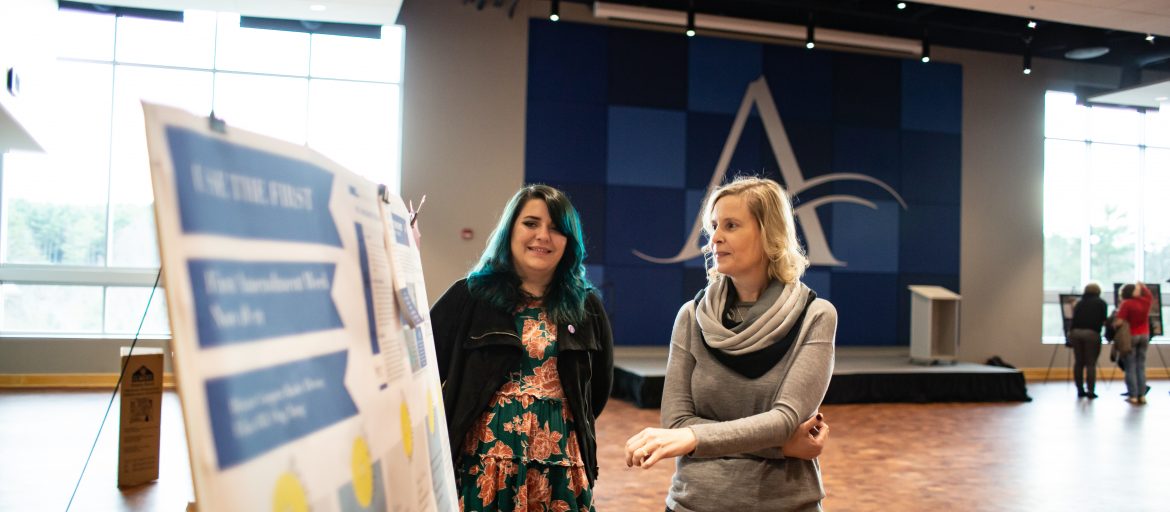Abstract
The way in which people learn about themselves is often a reflection of the world around them. Path to the Self investigates the question of how one’s sense of identity is molded by previous experiences, religious beliefs, and interactions. The research is based primarily on Eastern ideas because this culture places a stronger emphasis on understanding the internal self than Western culture. One of the main influences for this concept was the Buddhist mandala because of its symbolic quality of representing a path to enlightenment which, in this project, is compared to a path to understanding one’s self. Symbolism plays a prominent role in Eastern art through the use of iconography and symbolic hand gestures, or mudras. In this series of clay sculptures, hands serve as the vehicle for expressing the concept of one’s life journey because of their symbolic quality and their central role in communicating messages. Hands have been used throughout time to convey sacred and symbolic messages in art and in conversation. For this research, mudras act as the connecting thread that relates hands and symbolism since a mudra can be thought of as a symbol. Path to the Self references the artist’s personal journey in learning about how experiences, beliefs, and interactions with people, places, and ideas have shaped who she is today.
How to Cite
Bussard, E., (2013) “Path to the Self: Exploring the Relationship between Iconography, Religion, and Identity”, Capstone, The UNC Asheville Journal of Undergraduate Scholarship 26(1).
47
Views
127
Downloads
